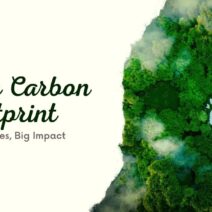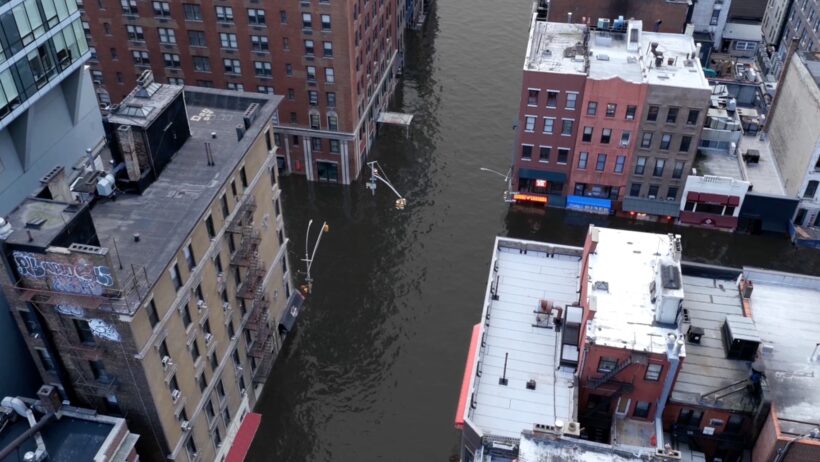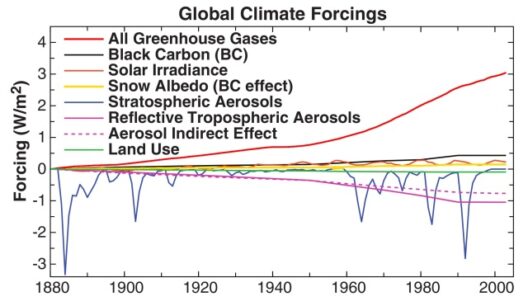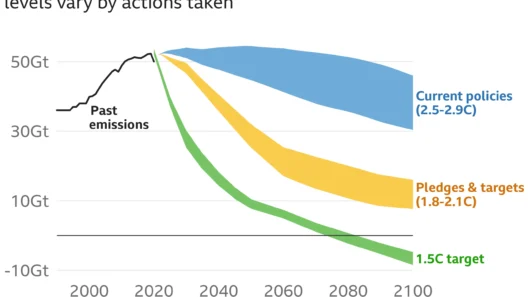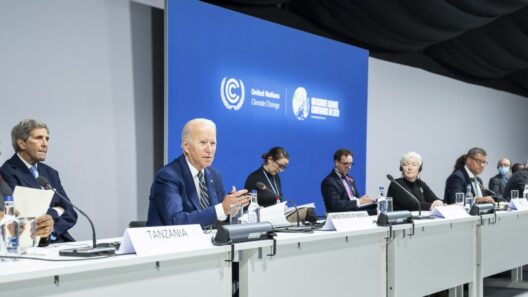As the world grapples with the intensifying consequences of climate change, the fate of urban coastal cities looms precariously on the horizon. New York City, a bustling metropolis renowned for its skyline and cultural vibrancy, faces a formidable challenge: the encroaching threat of rising sea levels. This phenomenon, driven by global warming, necessitates a meticulous examination of its impact on urban coastlines and the adaptive measures that may be required to mitigate these alarming changes.
The peril posed by rising sea levels stems from two primary drivers: the thermal expansion of seawater and the melting of glaciers and ice sheets. As the planet warms, oceans expand and ice diminishes, leading to an unsettling rise in water levels. The projections indicate that by the end of the century, sea levels could rise by as much as 6 feet or more in certain areas. This dramatic elevation poses an existential risk to New York City, a place where much of the population resides in low-lying regions.
In the context of New York, the implications of such rising waters are multifaceted. Apart from the immediate concerns of flooding, the increased salinity of tidal waters could imperil freshwater resources, compromise infrastructure, and disrupt public transportation systems. Transportation networks, integral components of city life, would face severe challenges, with subway systems and roads susceptible to inundation during extreme weather events.
Historically, New York City has experienced its share of weather anomalies and storm surges. Hurricanes and nor’easters have periodically threatened the integrity of the city’s coastal defenses. Events like Hurricane Sandy in 2012 starkly illustrated the vulnerabilities in the urban environment. This storm was a pivotal moment, showcasing the effects of climate change and prompting extensive discourse around infrastructural resilience and urban planning. In its wake, the city initiated measures to bolster flood defenses and develop contingency plans to mitigate future disasters.
However, temporary solutions alone cannot adequately address the long-term threat of climate change. Urban planners and environmentalists are contemplating more innovative approaches to combat the impending deluge. One proposed strategy is the development of green infrastructure, which employs natural systems to absorb rainwater and reduce runoff. Urban wetlands, for example, can serve dual purposes: enhancing biodiversity while acting as buffers against flooding. These ecosystems not only provide critical habitats for wildlife but also enhance the city’s resiliency against climate impacts.
Moreover, coastal restoration projects are paramount in preserving the natural defenses that mitigate flooding. The introduction of living shorelines and the enhancement of natural barriers can reduce the velocity of waves and their potential to damage coastal infrastructure. These initiatives also promote ecological health, supporting a broad spectrum of plant and animal life.
Community engagement in these discussions is essential. As New Yorkers reckon with the prospects of a flooded city, local schools, organizations, and advocacy groups are mobilizing to raise awareness about climate change and its ramifications. Educational programs aimed at understanding the complexities of environmental science empower citizens to advocate for sustainable policies that prioritize resilience and adaptation. Such grassroots movements can catalyze broader governmental action and foster collaborative solutions to combat climate vulnerabilities.
In conjunction with local efforts, state and federal policies play critical roles in addressing climate change on a larger scale. Comprehensive legislation aimed at emissions reductions, renewable energy investments, and infrastructure improvements is crucial in combating the forces driving climate change. New York has set ambitious goals for reducing greenhouse gas emissions while transitioning to a more sustainable energy grid highlighted by the adoption of solar, wind, and other renewable energy sources.
However, despite these proactive measures, a sobering reality persists. Some researchers posit that certain areas of New York may be irrevocably altered in the coming century. This grim prognosis raises important ethical considerations regarding climate justice, particularly the disproportionate impacts faced by marginalized communities. Areas least equipped to cope with flooding often lack adequate resources to adapt, thereby exacerbating existing socio-economic inequalities. Addressing these disparities through equitable policies is essential in ensuring that all communities are afforded the opportunity to thrive amidst climate challenges.
In engaging with the multifaceted threat of climate change, it is vital to remain acutely aware of the scientific discourse surrounding climate projections and urban geography. Researchers are in a constant state of inquiry, utilizing advanced modeling techniques to inform predictions about future sea-level rise and its repercussions. Understanding the nuances of coastal dynamics is crucial in crafting informed policies and strategies to adapt to or mitigate these changes effectively.
Ultimately, the question of whether New York City will find itself underwater is not merely a matter of speculative conjecture. It is a clarion call for action. The trajectory toward resilience relies on a concerted effort from all sectors of society, from local communities mobilizing grassroots initiatives to policymakers proposing innovative solutions. By fostering collaboration among stakeholders and investing in sustainable practices today, New York can aspire to safeguard its legacy as a vibrant urban center, resilient against the tides of change. The urgency for action is now, as the specter of water rising threatens not just neighborhoods, but the very essence of the city itself.

